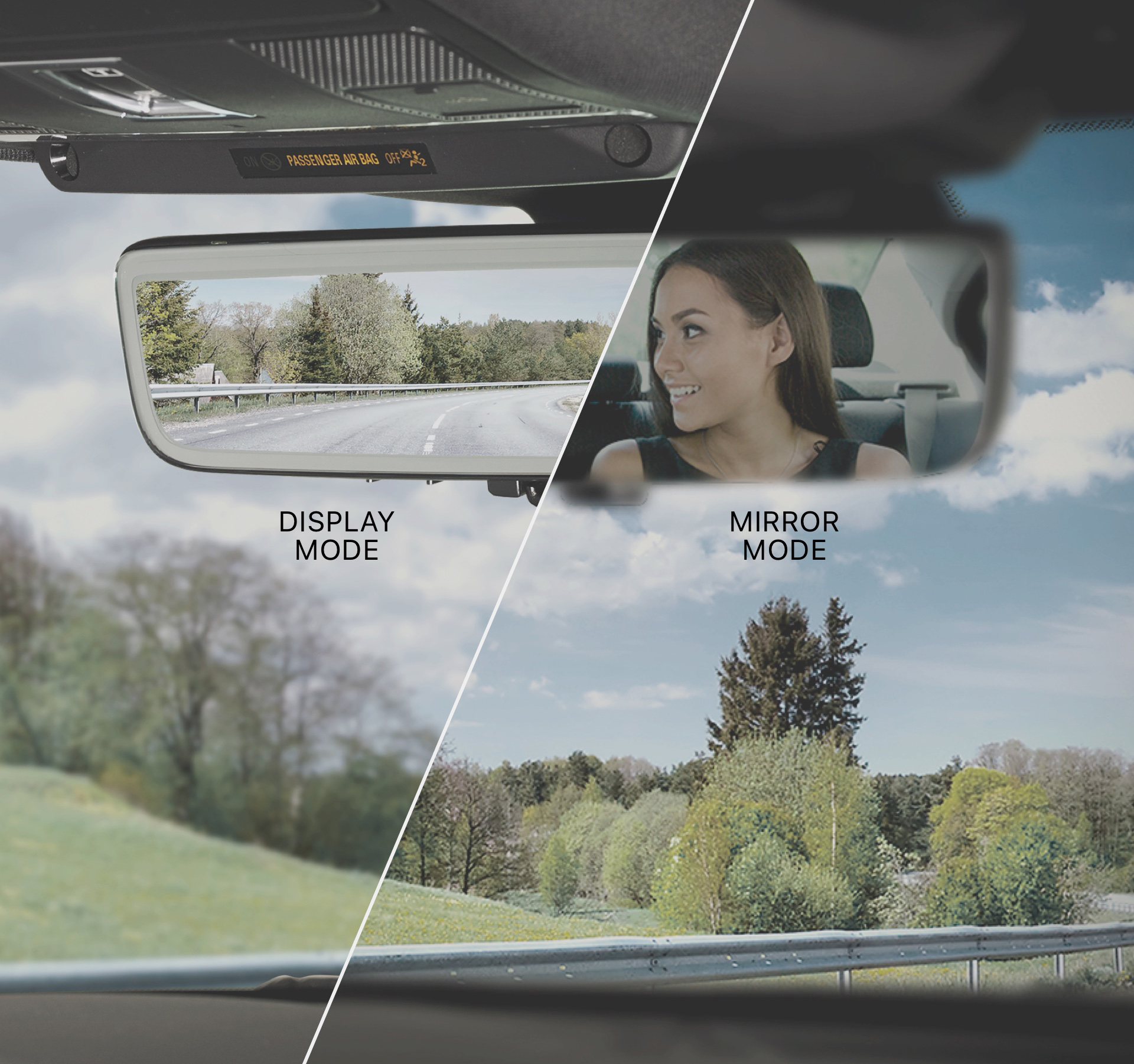The Rise of the digital Rearview Mirror: A Technological Revolution in Automotive Safety
The humble rearview mirror, a seemingly simple device, has undergone a dramatic transformation in recent years. Enter the digital rearview mirror, a cutting-edge technology that is revolutionizing automotive safety and enhancing the driving experience. This article delves into the intricacies of this innovative technology, exploring its functionalities, benefits, challenges, and the future of this exciting development.
Traditional rearview mirrors rely on a simple principle: reflecting light to provide a view of the rear. However, digital rearview mirrors operate on a fundamentally different principle. They utilize a rear-facing camera mounted at the top of the rear window. This camera captures a live video feed, which is then processed and displayed on a high-resolution screen integrated into the vehicle’s interior, typically in the position of a conventional mirror.

Enhanced Visibility and Reduced Blind Spots
One of the most significant advantages of digital rearview mirrors is their ability to significantly enhance visibility.
Wider Field of View: Cameras can capture a much wider field of view compared to traditional mirrors, minimizing blind spots and providing a more comprehensive view of the rear.
Enhanced Safety Features
Beyond improved visibility, digital rearview mirrors can incorporate a range of safety features:

Lane Departure Warning: By analyzing the video feed, the system can detect unintentional lane departures and alert the driver.
Versatility and Customization
Multiple Viewing Modes: Many digital rearview mirrors offer different viewing modes, such as a standard rearview mode, a zoomed-in mode for better visibility of closely following vehicles, and a wide-angle mode for a broader perspective.
Enhanced Safety
Reduced Accidents: By improving visibility and providing advanced safety features, digital rearview mirrors have the potential to significantly reduce the occurrence of rear-end collisions and other accidents.
Enhanced Driving Experience
Reduced Driver Fatigue: By minimizing glare and distractions, digital rearview mirrors can help reduce driver fatigue, especially during long journeys.
Technological Advancements
High-Resolution Displays: Continuous advancements in display technology are resulting in higher resolution screens with improved clarity and color accuracy.
Despite the numerous benefits, the widespread adoption of digital rearview mirrors faces some challenges:
Initial Cost: Digital rearview mirrors can be significantly more expensive than traditional mirrors, making them a costly upgrade for many vehicle owners.
Despite the challenges, the future of digital rearview mirrors appears bright.
Increased Integration with Autonomous Driving Systems: As autonomous driving technology advances, digital rearview mirrors will play a crucial role in providing essential data for self-driving vehicles.
Digital rearview mirrors represent a significant technological advancement in automotive safety. By offering enhanced visibility, improved safety features, and a more comfortable driving experience, they have the potential to transform the way we drive. While challenges remain, ongoing research and development, coupled with increasing consumer acceptance, will undoubtedly drive the further adoption of this innovative technology in the years to come.
This article provides a comprehensive overview of digital rearview mirrors, addressing the key aspects of this technology. It has been structured with clear headings and subheadings to enhance readability and provide a logical flow of information.
digital rear view mirror
